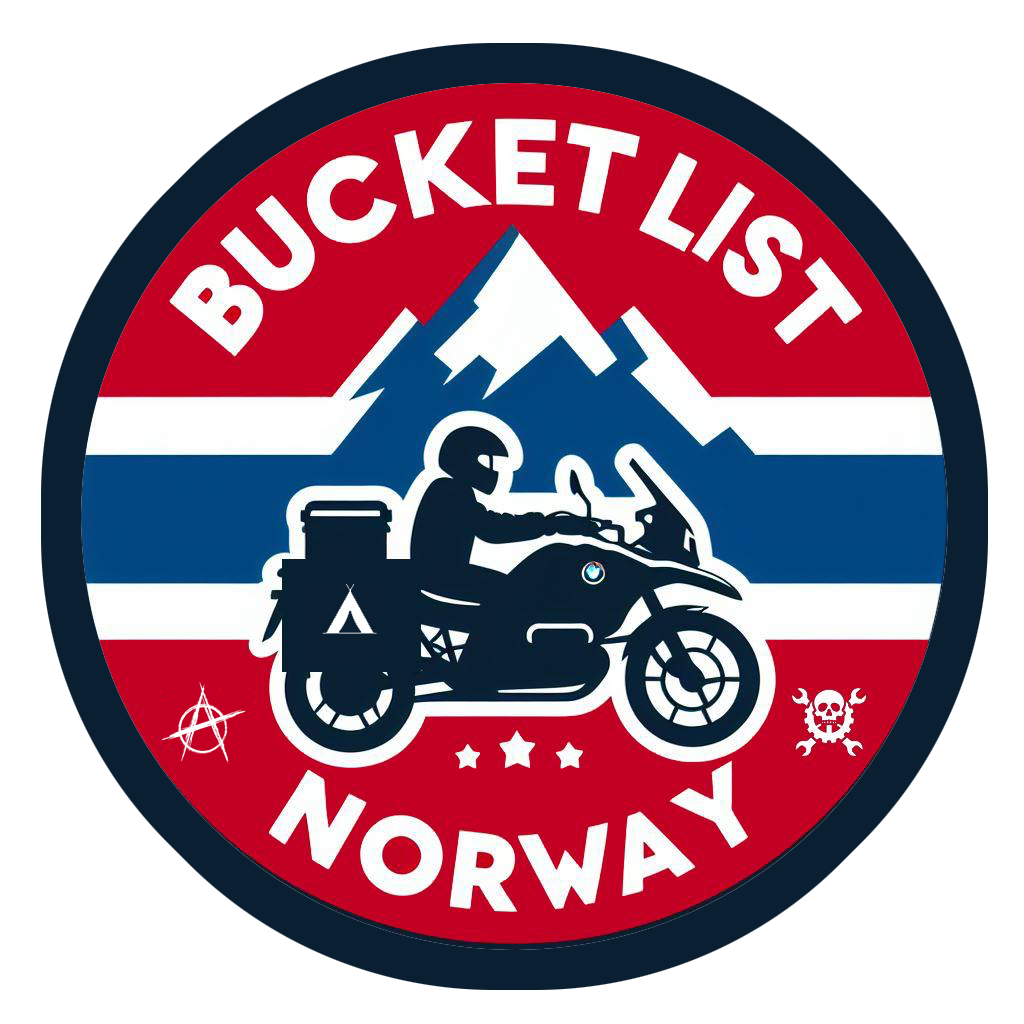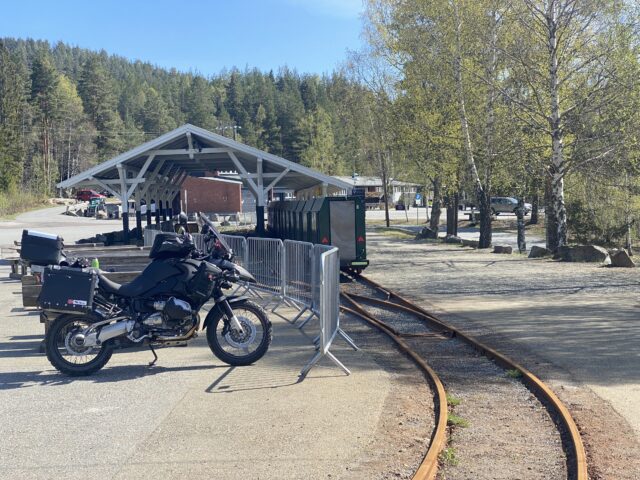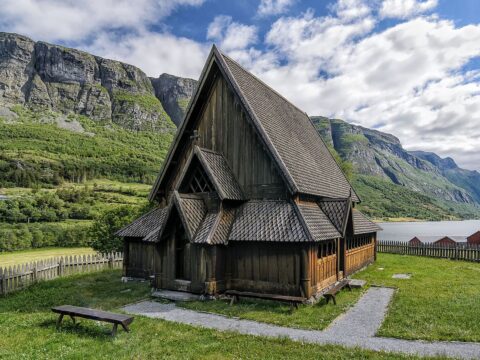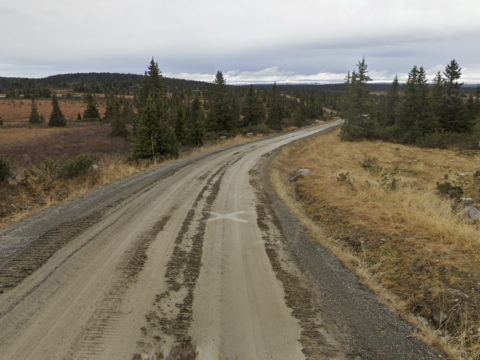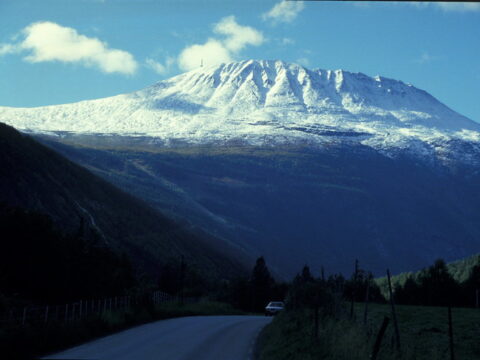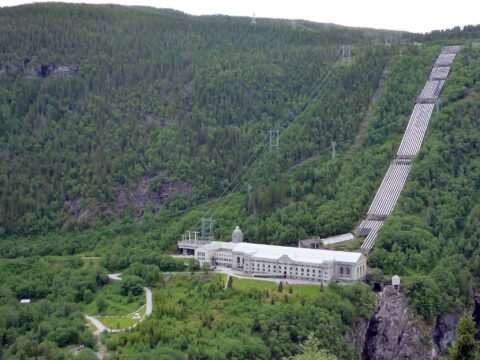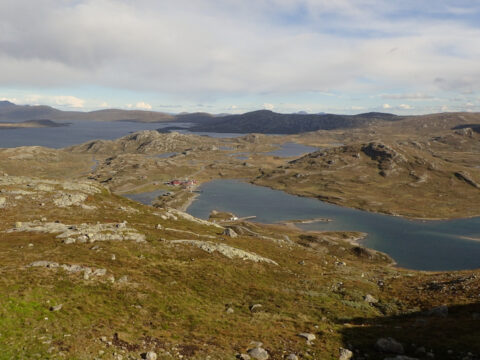Kongsberg silver mines are the largest mining field in Norway – operating from 80 different sites in the area over the years. It was the largest pre-industrial working place in Norway, with over 4,000 workers at its peak in the 1770s. It supplied over 10% of the gross national product of the Danish–Norwegian union during its 335-year-long history. Almost 500,000 man-years were expended in the production between 1623 and 1958. The total production exceeded 1.3 million kg silver!
Kongsberg is one of two Norwegian towns established and designed for mining. The mining town Røros is the other.
Cute legend
According to a somewhat romanticized legend, two small children – Helga and Jacob – were out shepherding their cattle at the top of Gruveåsen hill in 1623. They had an ox with them, which scraped on the side of the mountain. They could see something shining and glimmering, and they picked it up and took it home to their father. Recognizing it as silver and quite valuable, he melted it and brought it to of Skien to sell it. In Skien he was arrested. The police found it suspicious that someone would attempt to sell silver at such a low price. Being convinced that he was a thief, he was given the choice between telling where he had found the silver, or being sentenced to hard labour. He chose to tell the authorities he had found the silver in Southern Sandsvær, which was the old name for Kongsberg.
A more detailed story of the evolution of Kongsberg silver mine, can be read at Wikipedia.
Norwegian Mining Museum
At the Norwegian Mining Museum in Kongsberg, you can board the mining train. It brings you 2,300 metres in to the “King’s Mine”. The bottom of the mine is 1,070 metres below the surface, which corresponds to 560 metres below sea level. Since its closure in 1957, the silver mine has been preserved. Some 40,000 visit the museum annually. The tour includes the first man engine (automated ladder) in Kongsberg in action. The room now known as the Banquet Hall of the King’s Mine was originally intended as an emergency storage space for the National Archives of Norway. It was constructed in 1943 and held 2,000 shelf-metres of documents and books.
Check their website for opening hours.
